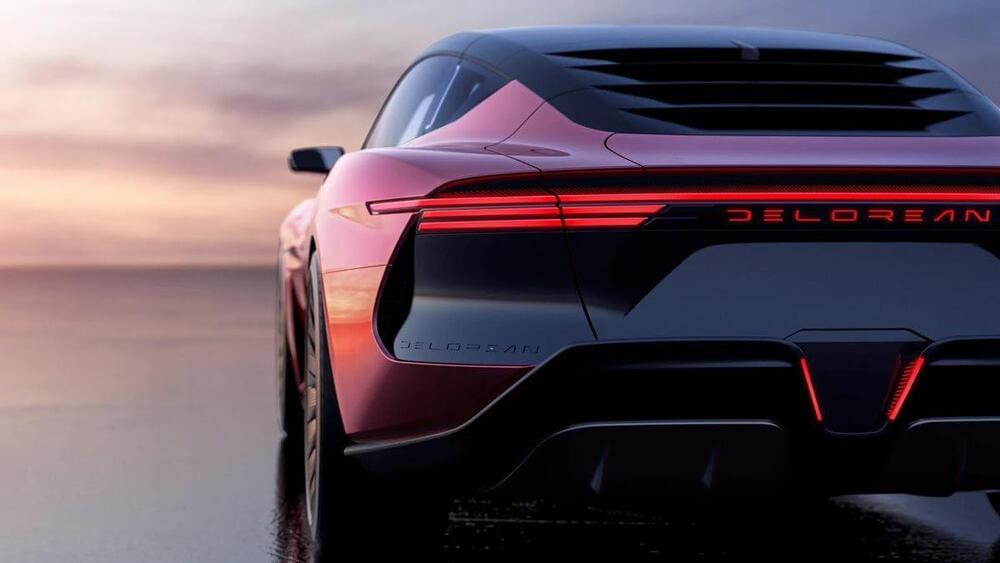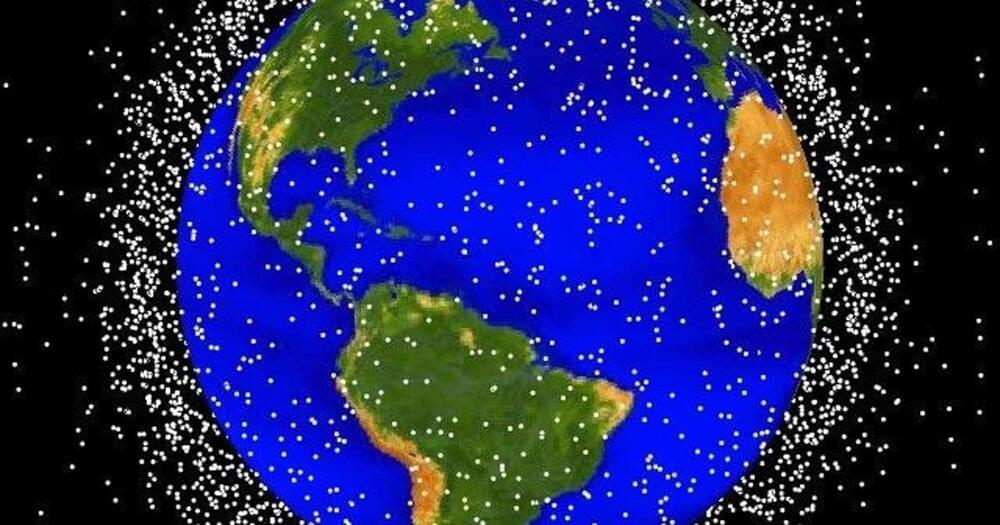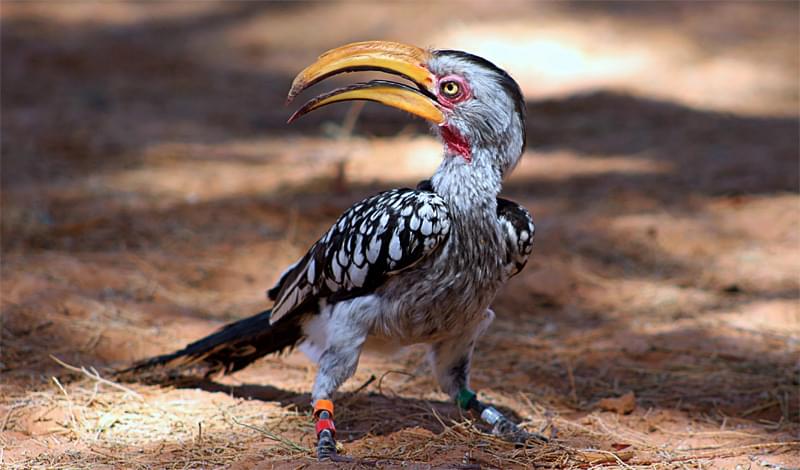Doc would be proud.
DeLorean has officially unveiled its upcoming electric adaptation of the 1981 DMC, the Alpha5.




If Earthly destinations are not enough to quench your wanderlust, a trip to a space hotel might get on your radar within the next few years. The designer of the Von Braun Space Station revealed numerous plans that detail the construction of a veritable resort in space.
Built by the Gateway Foundation, the world’s first space hotel will have gravity, bars, inviting interiors and full-fledged kitchens. They plan to have the station visited by about a 100 tourists per week by 2025.
The Von Braun Space Station, based on the concepts of a controversial scientist, is moving ahead with construction plans.

The animals that inhabit these arid regions are already suffering the consequences. For example, earlier research has shown that multiple bird species are breeding earlier and for a shorter amount of time, impairing their reproductive success.
“There is rapidly growing evidence for the negative effects of high temperatures on the behaviour, physiology, breeding, and survival of various bird, mammal, and reptile species around the world,” said first author Dr Nicholas Pattinson, of the University of Cape Town. “For example, heat-related mass die-off events over the period of a few days are increasingly being recorded, which no doubt pose a threat to population persistence and ecosystem function.”
The southern yellow-billed hornbill’s distribution includes most of southern Africa, with a large portion falling within the Kalahari Desert. Known for its peculiar breeding and nesting strategy, the bird is a socially monogamous species. They are cavity nesters; the female seals herself into the nest cavity and stays there for an average of 50 days to brood and care for chicks, with only a narrow vertical slit for an opening, through which the male feeds the female and chicks.

Blockchain technology is spreading like fire across industries and businesses. It is currently used in digital voting, medical recordkeeping, decentralized finance, gaming, capital markets, supply chain management, etc. More and more businesses and individual users want to take advantage of blockchain to increase transparency, security, and communication. To leverage blockchain development in innovative use cases, organizations need to comprehend the programming languages best suited for their upcoming projects. Here are the top 5 hottest blockchain programming languages that are being utilized by start-ups and enterprises today.
A high-level programming language is getting more popularity as a blockchain developer language, particularly for dApps development. If you are looking for a language for developing smart contracts on Ethereum Blockchain, Solidity is the one. It is a contract-based language, allowing to store all the logic in the code of the Blockchain.
With amazing code portability, it is the most popular programming language among application developers. It has been used to create smart contracts such as Truffle, ARK, and some of the popular blockchains that are developed using Java include Ethereum, IOTA, NEM, and NEO.

ORNL’s Frontier HPE Cray EX with AMD CPUs is the ‘first true exascale machine.’
The United States is on top of the supercomputing world in the Top500 ranking of the most powerful systems. The Frontier system from Oak Ridge National Laboratory (ORNL) running on AMD EPYC CPUs took first place from last year’s champ, Japan’s ARM A64X Fugaku system. It’s still in the integration and testing process at the ORNL in Tennessee, but will eventually be operated by the US Air Force and US Department of Energy.
Frontier, powered by Hewlett Packard Enterprise’s (HPE) Cray EX platform, was the top machine by a wide margin, too. It’s the first (known) true exascale system, hitting a peak 1.1 exaflops on the Linmark benchmark. Fugaku, meanwhile, managed less than half that at 442 petaflops, which was still enough to keep it in first place for the previous two years.
Frontier was also the most efficient supercomputer, too. Running at just 52.23 gigaflops per watt, it beat out Japan’s MN-3 system to grab first place on the Green500 list. “The fact that the world’s fastest machine is also the most energy efficient is just simply amazing,” ORNL lab director Thomas Zacharia said at a press conference.

Do you think that crimes committed within the Metaverse should be accountable just as the same as crimes accounted for in the “real” world?
A researcher entered the metaverse wanting to study users’ behavior on Meta’s social-networking platform Horizon World. But within an hour after she donned her Oculus virtual-reality headset, she says, her avatar was raped in the virtual space.
“Metaverse: another cesspool of toxic content,” a new report published by the nonprofit advocacy group SumOfUs on Tuesday, details the researcher’s violent encounter in Meta’s Horizon World.
According to SumOfUs’ account, users invited the researcher to a private party on Horizon World earlier this month. Users in the same room then asked her to disable a setting that prevented others from getting within 4 feet of her.
Andrew Lincoln, your boss?
Vanessa YelenaYour boss is deathist cringe. Let’s see if it stays that way when he’s getting old…
1 Reply.
View 5 more comments.
Jose Ruben Rodriguez Fuentes shared a link.
Human extinction? It could happen, but it doesn’t have to.